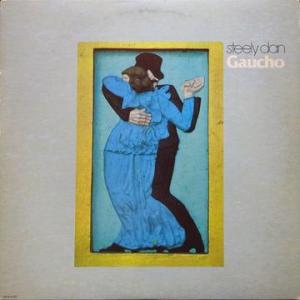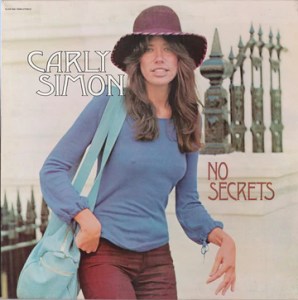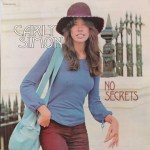More Steely Dan
Reviews and Commentaries for Aja
- Killer sound for Steely Dan’s magnificent Jazzy Pop breakthrough album, with both sides earning Shootout Winning Triple Plus (A+++) grades or close to them – fairly quiet vinyl too
- Punchy, full and smooth, with the kind of rhythmic energy that brings out the jazzy funk in the music
- A Better Records rock and pop Top 100 album and a true Demo Disc on a pressing that sounds as good as this one does
- If I were to make a list of my favorite rock and pop albums of 1977, this album would definitely be right at the top
- Considering how dismal the releases by Cisco Music and Mobile Fidelity were, it seems that no one outside of Bernie Grundman has managed to get Aja sounding right on vinyl, and that was 47 years ago
- The sound is as heavily processed, artificial and overly glossy as practically anything produced in the 70s, which means that its Mid-Fi appeal is all but assured
- For those of you on the Higher Fidelity end of the spectrum, our best Hot Stampers get everything sounding as right, balanced and natural as Aja can possibly sound
- Unfortunately for those of you who don’t like paying our prices or doing your own shootouts, Bernie’s new UHQR leaves a lot to be desired. With mediocre-to-bad sound on all four of its sides and a price tag of $150, what else can you call it but another Analogue Productions rip-off?
Folks, there’s not much I can tell you about this copy of Aja that’s going to make you want this record, other than to say this: If you’re in the market for a superb pressing of what’s gotta be the most beloved Steely Dan record they made, look no further. It’s right here. (more…)









